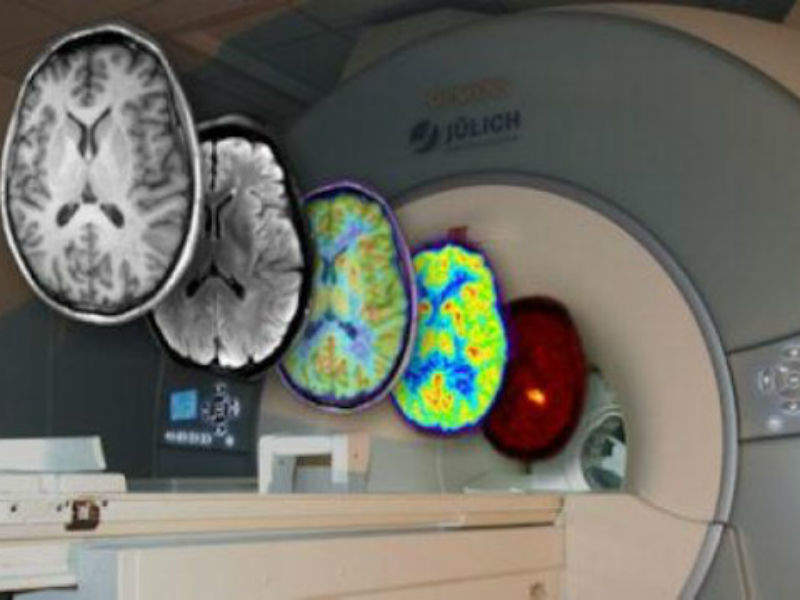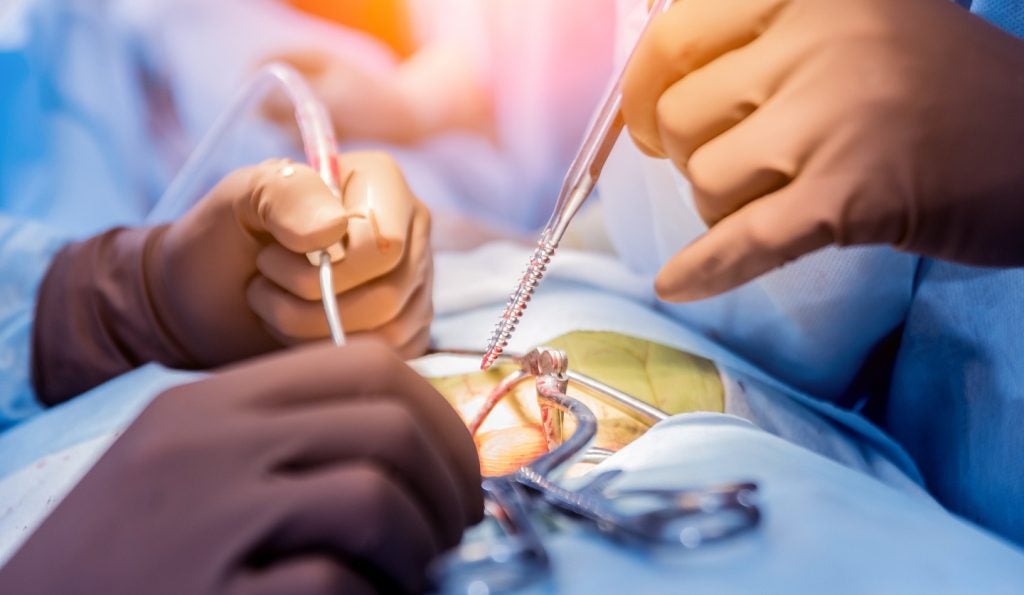
Human Brain Project (HBP) researchers are proposing a new imaging concept that could help them discover the ‘operational functions’ of the brain.
A team of brain imaging researchers from Düsseldorf and Jülich in Germany, who are taking part in the HBP, propose that reversing current techniques could help to reveal the ‘core functions’ of brain areas.
Functional resonance imaging (fMRI) is currently used to try and uncover connections between brain regions and specific cognitive functions. The method involves tracking the brain’s activity while a test subject performs a task or responds to stimuli in an MRI scanner. It has been used in thousands of studies to determine the locations of a wide variety of behavioural functions in the brain but often gives results that are hard to interpret.
The Düsseldorf and Jülich researchers suggest a solution to this would be to reverse fMRI practice. Instead of starting with pre-defined behavioural functions and then trying to assign brain regions, they propose selecting the areas first and then taking them through a wide ranging statistical screening for potential behavioural associations, resulting in a behavioural profile. Recently-established large databases of neuroimaging data would provide the basis for this new bottom-up approach.
First author of the study and researcher at University Hospital Düsseldorf and Research Center Jülich, Sarah Genon, said: “These basic operational functions would be the missing link between behavioural functions described by psychology and the brain mapping community.
“Many approaches to the description of human behaviour and its dysfunction, not only from the many psychology fields, but also fields like psychiatry, neurology, or economics have produced rich knowledge, but mapping them onto the brain results in a kind of conceptual chaos. It has been difficult for these fields and scientists interested in brain organisation to find a common language.”
How well do you really know your competitors?
Access the most comprehensive Company Profiles on the market, powered by GlobalData. Save hours of research. Gain competitive edge.

Thank you!
Your download email will arrive shortly
Not ready to buy yet? Download a free sample
We are confident about the unique quality of our Company Profiles. However, we want you to make the most beneficial decision for your business, so we offer a free sample that you can download by submitting the below form
By GlobalDataBasic operational functions of a brain area are not directly observed, but need to be derived from the range of behavioural functions with which they are associated. Each brain area is connected to a multitude of higher order behavioural functions. Discovering these basic functions is challenging, but recent advances in statistical methodology and availability of brain imaging data are aiding the process.
Head of brain and behaviour at the Institute of Neuroscience and Medicine at Forschungszentrum Jülich and the Institute of Systems Neuroscience at University Clinic Düsseldorf Simon Eickhoff said: “By now many different conditions have been tested in many different people and large databases make the compiled data of tens of thousands of different imaging studies available.”
The HBP involves around 500 scientists from all over Europe. The project aims to ‘accelerate the fields of neuroscience, computing and brain-related medicine’ and its work in functional brain mapping will be integrated into a web-based 3D-Atlas.





